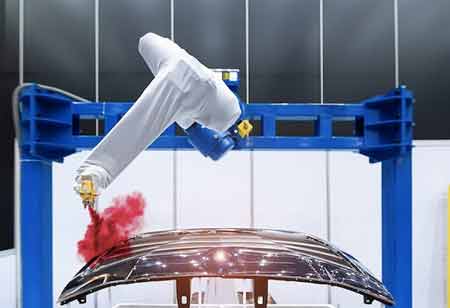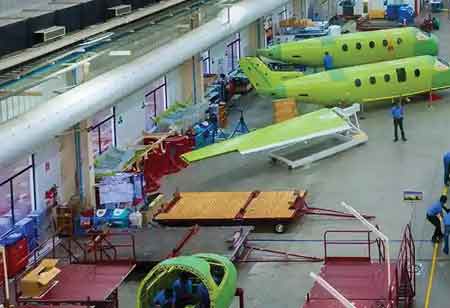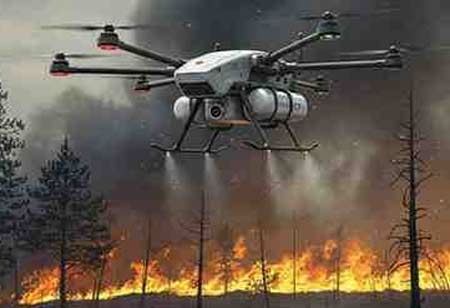The coating solutions industry plays a crucial role in enhancing the durability, performance, and appearance of materials across multiple sectors. As technology advances, the demand for innovative and effective coatings has increased, resulting in significant progress in materials science. Coatings are now engineered to endure some of the most challenging conditions in industries such as aerospace, electronics, and construction, providing solutions that extend the lifespan and reduce maintenance costs. As the field continues to develop, cutting-edge innovations like nanocoatings, self-repairing coatings, and multifunctional coatings are paving the way for more innovative and more efficient solutions.
Current Landscape of Coating Solutions
The coating solutions industry has seen remarkable growth, driven by an increasing need for high-performance materials across diverse sectors, including automotive, aerospace, construction, and electronics. In particular, the automotive and aerospace industries have driven much of this growth, with their ever-growing demand for coatings that can resist severe conditions and provide long-lasting protection. The shift towards sustainability and eco-friendly alternatives has also played a critical role in this development. Advanced coatings are now being designed to enhance the performance of materials and protect them against harsh environmental conditions. In particular, nanocoatings and self-healing coatings are becoming increasingly popular, offering exceptional durability, corrosion resistance, and extended service life for a wide range of applications.
The development of high-tech coatings, including thermal barrier and functional coatings, is revolutionizing how materials are treated, enhancing their longevity and performance while reducing maintenance costs. These innovations are significant in industries where downtime and failure of components can lead to significant economic losses. For example, in the aerospace sector, thermal barrier coatings are applied to turbine blades and engine components to help them resist extreme heat and wear, significantly extending the life cycle of these high-cost parts. In construction, functional coatings such as anti-graffiti or weather-resistant coatings are becoming integral in improving the appearance and lifespan of buildings exposed to harsh outdoor conditions.
Hurdles and their Innovative Solutions
One of the significant challenges facing the coating solutions industry is the need for coatings that can provide long-lasting protection in highly demanding environments, such as high temperatures and abrasive conditions. Traditional coatings often fail to meet the stringent requirements, leading to premature wear and frequent maintenance. The industry has turned to advanced ceramic coatings and thermal barrier coatings, which provide superior protection against heat, corrosion, and mechanical wear. These innovations extend the life of components and reduce operational downtime, thus offering substantial cost savings for industries like aerospace and manufacturing.
Another challenge within the sector is the increasing demand for environmentally friendly and highly effective coatings. Traditional coatings, especially those containing volatile organic compounds (VOCs), pose environmental risks and can harm human health and the ecosystem. As regulations on VOC emissions become stricter, the industry has responded by developing water-based coatings, powder coatings, and other low-VOC alternatives. These eco-friendly options maintain high performance without compromising environmental integrity, offering a cleaner and safer solution for industrial and commercial applications. The increased demand for sustainable practices has also led to the growth of bio-based coatings, which rely on renewable raw materials, reducing the carbon footprint of the production process.
Prospects for Growth and Technological Innovations
The future of cutting-edge coating solutions looks promising, with several advancements poised to benefit many stakeholders. As industries focus on increasing energy efficiency and reducing maintenance costs, coatings that provide enhanced thermal insulation and corrosion resistance will be in high demand. Innovations like multifunctional coatings, which combine multiple protective properties into a single layer, will allow manufacturers to streamline production processes and reduce the number of coatings required for a given application. This efficiency translates into cost reductions and simplified logistics, benefiting manufacturers and end users who rely on these technologies for long-term performance.
Nanotechnology also holds immense promise for the development of next-generation coatings. By integrating nanoparticles into coatings, manufacturers can significantly enhance the performance of materials, providing them with unique properties such as increased hardness, scratch resistance, and self-cleaning capabilities. These advancements are particularly advantageous in industries where surface integrity and cleanliness are critical, such as electronics, medical devices, and automotive. With the ability to create coatings at the molecular level, nanotechnology allows for a new wave of innovation, ensuring that coatings provide exceptional protection and functionality even in the most challenging environments.
Advancements in smart coatings that can change properties in response to environmental stimuli are opening up new opportunities across multiple sectors. These coatings can detect environmental changes, such as temperature, humidity, or chemical exposure, and adjust their properties accordingly. This adaptability makes them ideal for use in industries such as aerospace, where components are subject to extreme conditions, or in construction, where building materials must respond to varying weather patterns.









